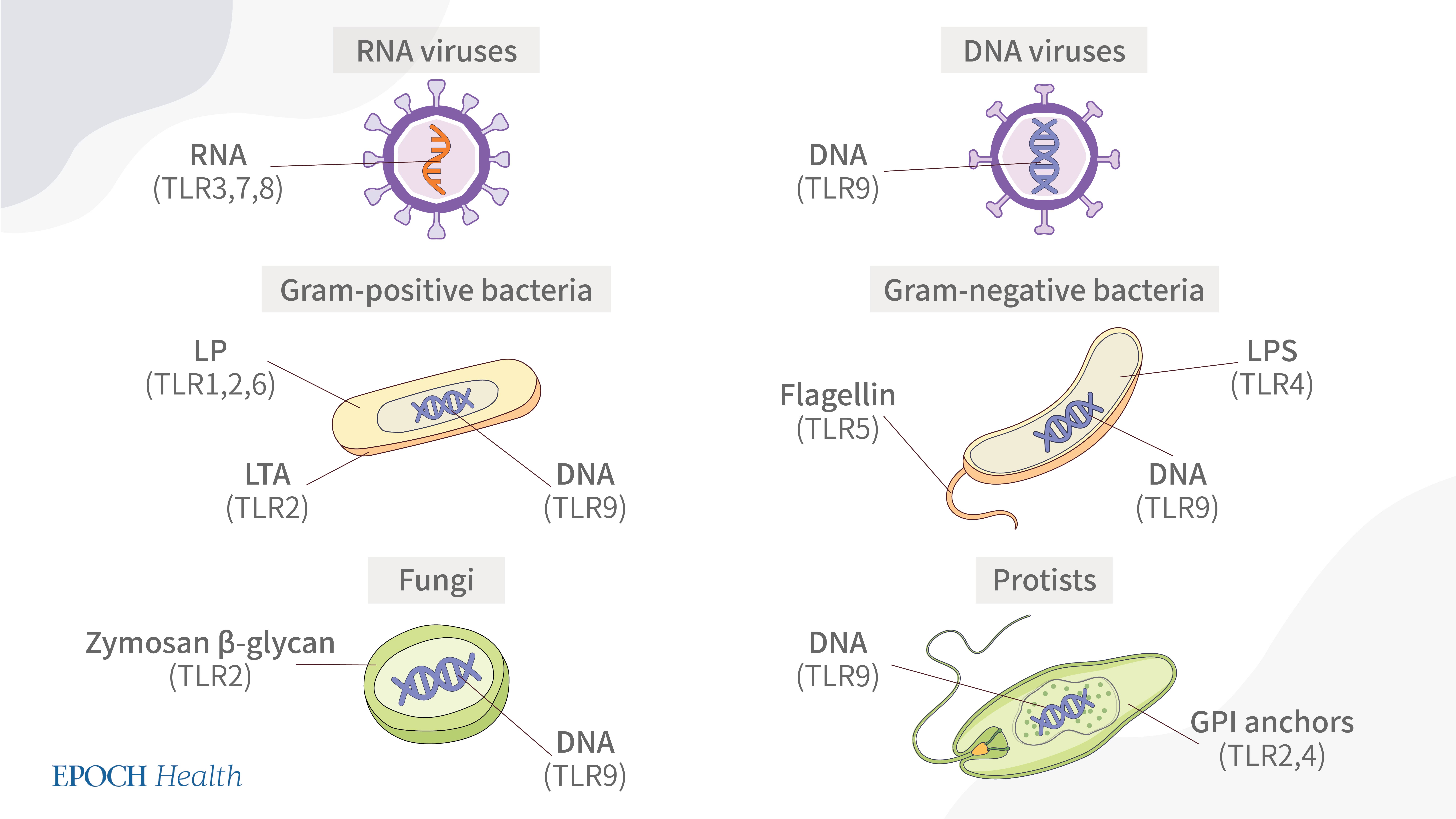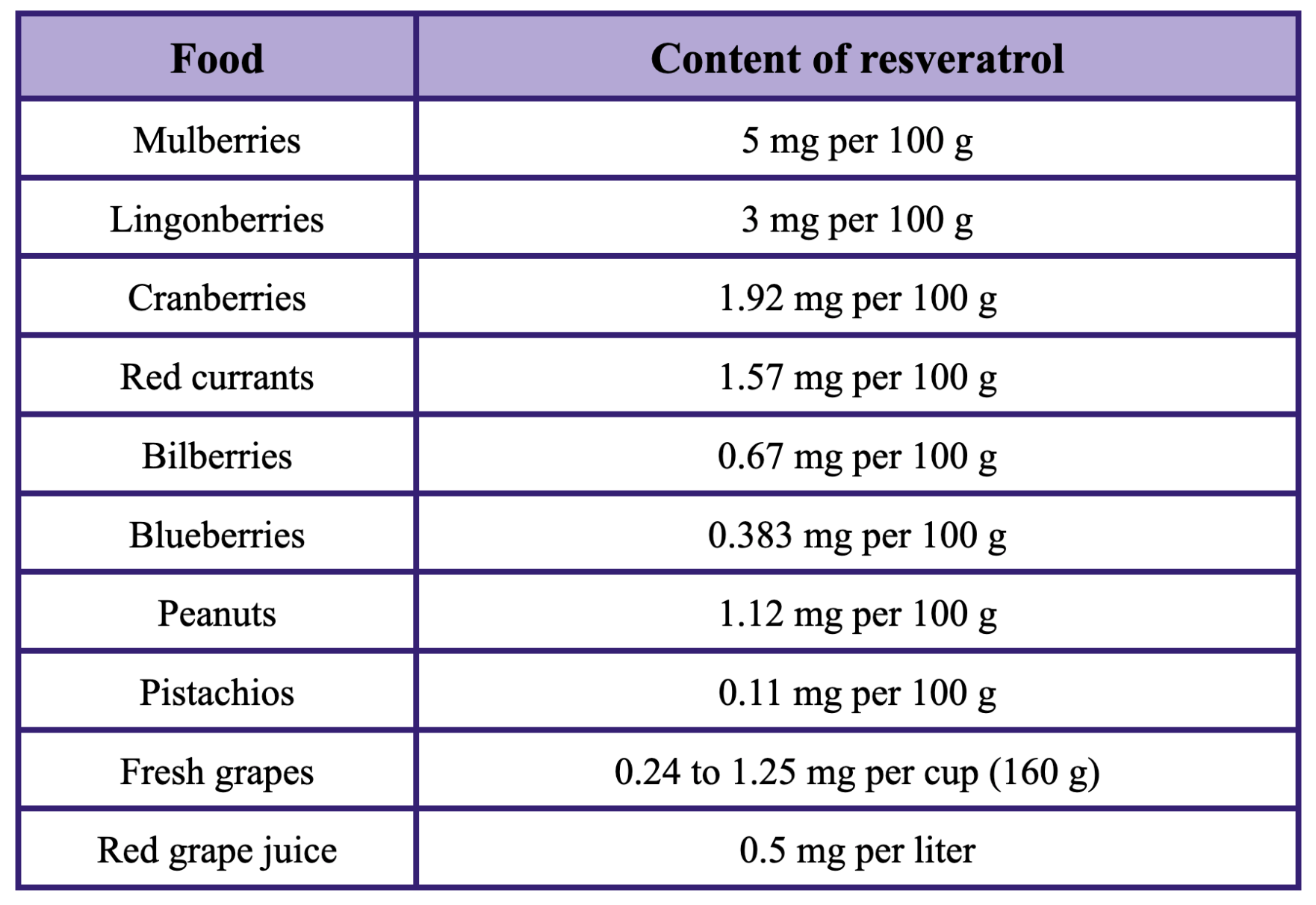How to Use Resveratrol for COVID Spike Protein-Related Symptoms
Among multiple injuries and toxins associated with COVID-19, the fundamental injury is associated with the spike protein.
Initially hailed as a key to open the door to cells and serve as a basis for the development of COVID-19 “vaccines,” more and more evidence shows that the spike protein is a toxic protein.
It is capable of turning off the body’s defensive responses (e.g., type I interferon); switching off the energy supply chain of mitochondria and the self-healing process (e.g., self-repairing DNA) of our cells; and turning on chronic inflammatory pathways.
The SARS-CoV-2 virus also mediates the dysregulation of autophagy, one of our cell’s key self-healing processes.
Systemically, the virus and spike protein cause damage to the heart, blood vessels, brain, and other organs.
One-disease, one-target, and one-drug dogma no longer work in the COVID era. People need simple, easy, multifunctional, and holistic solutions to prevent or halt the multiple pathological pathways impacted by the spike protein.
Natural Origin of Resveratrol
Resveratrol (RSV) was first isolated from white hellebore roots in 1940. This natural polyphenol has been detected in more than 70 plant species, such as grapes, apples, raspberries, blueberries, pistachios, plums, peanuts, and a multitude of medicinal and edible plant species used in traditional Chinese and Japanese medicine.Studies have attributed many health-promoting effects to resveratrol, including anti-inflammatory, antioxidant, neuroprotective, cardioprotective, antiproliferative, antitumor, anti-aging, and antiviral properties, and the ability to relieve neuropathic pain.
Resveratrol has been used as a dietary supplement by people with a variety of conditions including cardiovascular diseases, Alzheimer’s disease, diabetes, and menopausal symptoms.
Unsurprisingly, it has attracted increasing interest from researchers and scientists wanting to explore its potential benefits for COVID-related conditions and vaccine injuries caused by the spike protein.
Resveratrol Binds to Spike Protein
The spike protein is the primary mechanism for the virus to infect our cells. The binding of the spike protein to the ACE2 receptor is the first step.Scientists often use computer modeling to mimic the interaction of a molecule with a protein, known as molecular simulation or molecular docking. In molecular simulation studies, resveratrol has revealed highly stable bound conformation to the spike protein and ACE2 complex.
Another molecular docking study also offers evidence that resveratrol can bind spike protein, ACE2, and the ACE2:Spike complex with good affinity.
Based on these study results, resveratrol has a high potential to disrupt the spike’s initial binding process with the cells. This is the earliest and perhaps the most efficient interventional step, as RSV helps prevent the toxic protein from entering our cells.
Resveratrol Helps Detox Spike Protein From Our Cells
Once the spike protein has bound to the ACE2 receptors and pathological outcomes are generated, the second key strategy to treat long COVID or vaccine-related injuries is to detox the spike protein from our body.To achieve this, boost your body’s self-cleaning process—autophagy, which is the body’s natural and efficient cellular recycling and regeneration process.
Resveratrol-induced autophagy has been suggested as a key process in mediating many of the beneficial effects of resveratrol.
The concept of autophagy was first introduced in 1974 by Belgian cell biologist and biochemist Christian de Duve, who was awarded that year’s Nobel Prize in Physiology or Medicine.
Autophagy is the body’s way of cleaning out damaged cells in order to regenerate newer, healthier cells. “Auto” means self and “phagy” means eat; autophagy literally means “eating oneself.” It is like a “detox” for cells to reuse waste products and renew themselves.
To understand autophagy, let’s zoom into our cells to see what happens when we eat or when we are hungry.
After we eat, mTOR, a protein, senses cellular energy and nutrients. When we have lots of nutritional material in our cells, mTOR tells the body to produce more energy (ATP), and autophagy is decreased. It is like when we are having a party in the house, we don’t have enough hands to do the cleaning at the same time. Whereas when we are hungry, mTOR is inactive, and then our cells activate the autophagy, for the purpose of recycling more waste into usable resources—similar to when we finish our house party, we clean our house.
In the case of spike-invaded cells, the mTOR is over-activated and working overtime, and our cells’ cleaning process is turned off. When lots of waste accumulates inside the cells, our cells become sick.
Our nerves are more sensitive to the self-cleaning process, as most of them are born with us and will stay with us for much longer than other parts of our bodies. So, self-cleaning is of crucial importance to our brains. This is perhaps a key reason why 50 percent of long-COVID symptoms—including brain fog, cognitive decline, anxiety, and depression—are neuropsychiatric.
Resveratrol can recover autophagy by inhibiting mTOR and letting the cells take a rest and do the cleaning.
A variety of other signaling pathways induced by RSV to enhance autophagy have been proposed, such as inhibition of mammalian S6 kinase.
Scientists have found that long-term resveratrol treatment of individuals with mild to moderate Alzheimer’s appears to halt or slow the progress of the disease.
Resveratrol Blocks Inflammatory Sensors Over-Activated by Spike Protein
In COVID-19, the viral infection can cause severe neurological symptoms like brain fog or cognitive decline, including precipitating cases of Alzheimer’s or Parkinson’s disease.The spike protein could drive NLRP3 inflammasome activation in human organs, which is a major driver of neurodegeneration, cardiac injury, and even multiple organ failure.
Inside human cells, there is a damage-sensing protein. It is normally dormant, but when the cells become damaged or infected with a virus, it is activated and begins to form an inflammasome.
When the inflammasome is assembled, it activates a type of molecular scissor, which trims other dormant proteins into activated forms.
One dormant protein activated by trimming punches holes in the cell’s membrane. Other proteins trimmed by the protein are released by the cell to recruit inflammatory cells and drive inflammation.
Fluid flows through the holes into the cell causing the cell to burst. When a cell bursts, many microbes can’t replicate and more inflammatory mediators spill out into the affected tissue.
Inflammatory mediators released by the cells attract immune cells from blood vessels. These cells include phagocytes, which are garbage collectors, cleaning up debris, microbes, and dead cells so tissue repair can begin.
The inflammatory pathway usually restores our health. But when this pathway keeps firing, it can cause a myriad of diseases, such as neurodegeneration, cardiac injury, and organ failure.
Resveratrol inhibits NLRP3 inflammasome activation by preserving mitochondrial integrity and augmenting autophagy. Furthermore, severe viral infection is often associated with cytokine storms and immune dysregulation, and resveratrol acts as an anti-inflammatory agent by decreasing inflammatory cytokines (e.g., C-reactive protein and tumor necrosis factor) and increasing anti-inflammatory molecules in humans.
Resveratrol Counteracts Infection Sensors Activated by Spike Protein
Different types of TLRs identify different types of natural ligands from pathogens.
 |
| Different types of TLRs identify different types of natural ligands from pathogens. (The Epoch Times) |
TLRs 3, 7, 8, and 9 detect microbial nucleic acids, including double- and single-strand RNA from RNA viruses and DNA from viruses or germs.
TLRs 1, 2, 4, 5, and 6 bind to components of microbial cell walls and membranes unique to pathogens. TLR4 recognizes lipopolysaccharides (LPS), a pathogenic component of the germ cell wall.
As a component of a virus, spike protein can activate TLR4 on the surface of cells. The spike protein strongly binds with TLR4 and causes hyperinflammation in human immune cells.
TLR4 is naturally designed to detect LPS from gram-negative germs. Spike protein is also a natural ligand of TLR4—again suggesting the wicked nature of this protein.
When misactivated by spike protein, TLR4’s normal signaling pathway is dysregulated and directs the cells to go the wrong way. Dysregulation of TLR4 signaling has been shown to play a role in the initiation and/or progression of various diseases, such as ischaemia-reperfusion injury (similar to the pathogenesis occurring in COVID syndrome), atherosclerosis, hypertension, cancer, and neuropsychiatric and neurodegenerative disorders.
Resveratrol can deactivate the TLR-4-related pathway to rectify the hyperinflammatory status of cells.
Resveratrol Helps Protect Our Brain
The dysfunction of autophagy contributes to the development of diseases, including neurodegeneration, cancer, and neuropathic pain (NeuP)—chronic and complex pain caused by nerve injury, usually due to cancerous, chemical, infectious, or traumatic injury.
In a rat study model, with a nerve injury performed to simulate symptoms of neuropathic pain, RSV showed neuroprotective effects, inhibiting the inflammatory response of neuropathic pain, as well as relieving mechanical allodynia, one of the main symptoms of this chronic disease. RSV was given at 300 micrograms/day, improving autophagy and downregulating the expression of triggering receptors expressed on myeloid cells 2 (TREM2) in microglia, identified as one of the critical factors in inflammation in the nervous system. This study reveals resveratrol’s potential to relieve microglia-mediated neuroinflammation.
Resveratrol’s Potential Effects on COVID Infection
A randomized, double-blind, placebo-controlled proof-of-concept trial of resveratrol for outpatient treatment of mild COVID-19 has produced promising data for this natural compound in the treatment of COVID.
In the study, 105 patients were randomly assigned to receive a placebo or resveratrol. Both groups received Vitamin D3 to boost immunity.
Compared to the placebo, Resveratrol-treated outpatients had a lower incidence of hospitalization (2 percent vs. 6 percent), a lower rate of COVID-19-related ER visits (8 percent vs. 14 percent), and a lower rate of pneumonia (8 percent vs. 16 percent).
In this study, no clinically significant adverse events were attributed to resveratrol, although the study was limited by a small sample size. Larger clinical trials are warranted to further confirm its clinical effects in treating COVID and to explore the potential benefits of RSV for people suffering from other COVID-related syndromes.
How to Take Resveratrol
You can get resveratrol naturally from fruits and some other foods: grapes, wines, apples, raspberries, blueberries, pistachios, plums, and peanuts.
Resveratrol supplements are most often used by adults in oral doses of 250 to 1,000 mg per day for up to three months.
Side effects of high doses of resveratrol (2.5–5 grams per day) may include nausea, flatulence, abdominal pain, or diarrhea. There are also potential interactions with other compounds with similar or related mechanisms of action. Consultation with a health care provider is recommended before you start treatment with resveratrol.
We are born from Mother Nature. When we are sick, nature is one of our sources of cure. The same story repeats again regarding COVID.
About the Author: Dr. Yuhong Dong, a medical doctor who also holds a doctorate in infectious diseases in China, is the chief scientific officer and co-founder of a Swiss biotech company and former senior medical scientific expert for antiviral drug development at Novartis Pharma in Switzerland.
Republished from: https://www.theepochtimes.com/health/how-to-use-resveratrol-for-covid-spike-protein-related-symptoms_4862083.html






.png)
Comments
Post a Comment